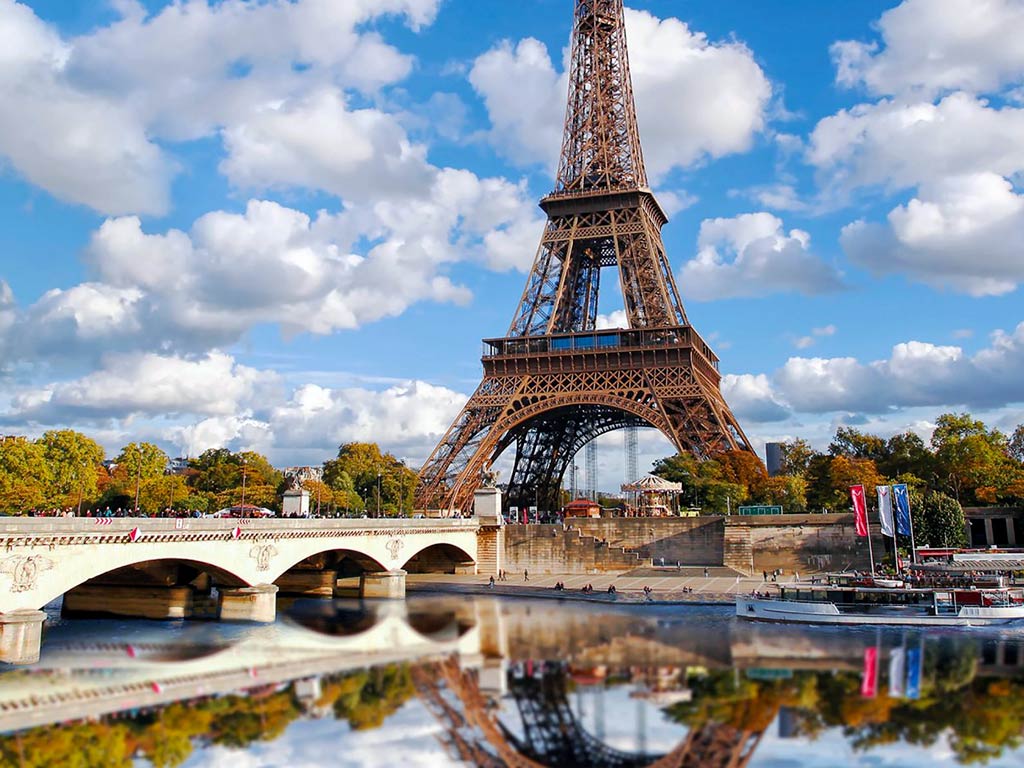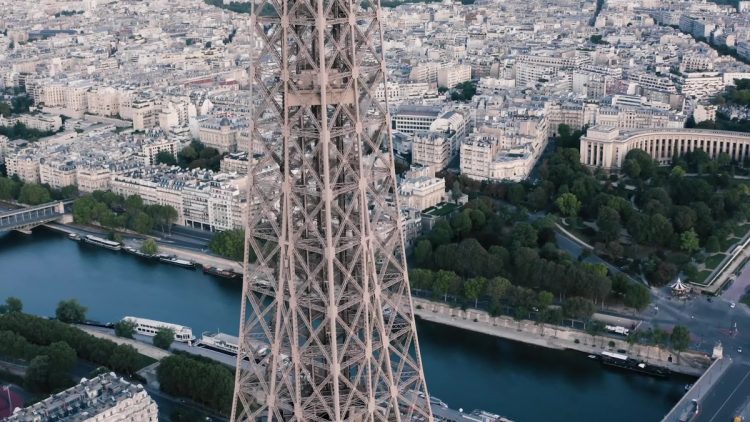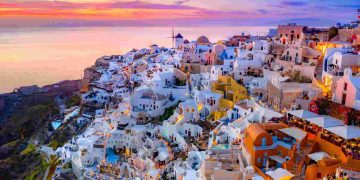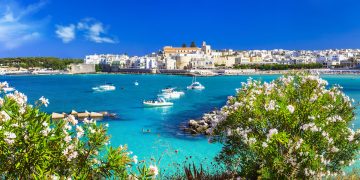Introduction: The Eiffel Tower – A Cultural Icon
The Eiffel Tower, or La Tour Eiffel, is much more than a global landmark and architectural wonder—it’s a cultural symbol that represents not only the city of Paris but also the identity of France. Since its completion in 1889, the Eiffel Tower has become ingrained in the cultural fabric of Paris, influencing everything from literature and art to social rituals and tourist behavior.
As a magnet for millions of visitors each year, the Eiffel Tower has adopted several cultural customs and traditions that enrich the experience for travelers and locals alike. These customs range from historical practices tied to the tower’s creation, to modern-day rituals of romance, celebration, and national pride.
In this article, we’ll explore the rich cultural landscape of the Eiffel Tower, examine how its history has shaped Parisian culture, and understand the customs that continue to define it. By the end of this journey, you’ll have a deeper appreciation for how the Eiffel Tower represents Parisian spirit, cultural identity, and the evolving connection between tourists and locals.
1. The Eiffel Tower’s Role in French Culture: A Symbol of Progress and National Identity
The Birth of a Cultural Icon
The Eiffel Tower was initially conceived as a temporary structure for the 1889 Exposition Universelle (World’s Fair), meant to celebrate the centennial of the French Revolution. Designed by Gustave Eiffel, its steel structure was meant to showcase the possibilities of industrialization and modern engineering. At first, the tower was a subject of controversy—many Parisians saw it as an eyesore. Over time, however, it grew into a symbol of France’s artistic and technological leadership.
In the early 20th century, the tower was increasingly associated with French nationalism and pride. As World War I approached, the Eiffel Tower became a symbol of resilience, and in later decades, it became linked with the spirit of modernity and international cultural exchange.
Cultural Significance in Literature and Art
Over the years, the Eiffel Tower became a muse for artists, writers, and filmmakers. Iconic works like “The Eiffel Tower” by Marc Chagall or Ernest Hemingway’s portrayal of Paris in A Moveable Feast show how deeply the Eiffel Tower is embedded in French literary and artistic culture. It symbolizes not just Paris, but romantic ideals, urban sophistication, and cosmopolitanism.
As such, the cultural rituals surrounding the Eiffel Tower are not only tied to its role as a monument but to its significance in the cultural landscape of France and Paris.
2. Traditional and Modern Rituals: Visiting the Eiffel Tower
The Ritual of Romance: Eiffel Tower and Paris as the City of Love
One of the most enduring cultural customs associated with the Eiffel Tower is its role as a romantic destination. Often dubbed the “City of Love,” Paris is synonymous with romance, and the Eiffel Tower plays a central role in this identity. The cultural custom of proposals, engagements, and weddings at the Eiffel Tower has become almost universal.
- Marriage Proposals: The Eiffel Tower is one of the most popular places in the world for marriage proposals. With its majestic views of Paris and its symbolism of enduring love, couples from around the world choose the tower as the backdrop for their life-changing moments. Many couples even hire professional photographers to capture the moment, contributing to the tradition’s growing popularity.
- Valentine’s Day Rituals: Each Valentine’s Day, the Eiffel Tower is adorned with special decorations, and the illumination of the tower becomes part of the larger celebration of love and affection. Special events, dinners, and performances are often held in restaurants located within the tower, creating a magical atmosphere for couples visiting.
- Love Locks Tradition: While not officially sanctioned, the practice of locking love locks to the fences around the Eiffel Tower or along the Pont des Arts bridge became an international symbol of love for many years. Couples would engrave their names on a lock and affix it to the structure before throwing the key into the Seine River. This practice, though officially banned by the French government, has become part of the cultural lore surrounding the Eiffel Tower.
Cultural Custom of Picnicking in the Champ de Mars
The large Champ de Mars park surrounding the Eiffel Tower is a cultural space where Parisians and tourists alike come to enjoy the open air and the tower’s presence. It is common to see people lounging on the grass, enjoying a picnic with family, friends, or romantic partners.
- Parisians’ Love for Leisure: For Parisians, spending a leisurely afternoon in the Champ de Mars with a baguette, cheese, and wine is a cherished ritual. The park is an extension of the Eiffel Tower’s cultural identity, transforming it from a tourist attraction into a place where local culture and relaxation intersect. Visitors often join the locals by bringing their own food and experiencing a slice of everyday Parisian life.
- Seasonal Picnics: In the warmer months, the Champ de Mars becomes a gathering point for picnics and outdoor concerts. The park is an integral part of the cultural customs surrounding the Eiffel Tower as it reflects the French ethos of enjoying life’s simple pleasures.
3. Cultural Significance of the Eiffel Tower’s Illumination: A National Ritual
The Sparkling Lights Tradition
One of the most iconic customs tied to the Eiffel Tower is its nightly illumination. Every evening, the Eiffel Tower is bathed in lights, culminating in a sparkling light show that takes place every hour for five minutes. This event has become a cultural tradition for both locals and tourists alike, symbolizing the magic of Paris at night.
- A Ritual for Parisians: For Parisians, watching the Eiffel Tower sparkle is not just a tourist attraction but a ritual that marks the transition from day to night. The glowing tower is a symbol of the city’s vibrancy and romantic allure.
- Global Symbol: For international visitors, the sparkling Eiffel Tower marks the culmination of a day spent in Paris. It is an iconic moment to reflect on the city’s beauty and share the experience with loved ones, making it a shared ritual for everyone who visits.

4. Festivals and Events Associated with the Eiffel Tower
National Holidays: Bastille Day and the Eiffel Tower
On July 14th, France celebrates Bastille Day, commemorating the storming of the Bastille and the beginning of the French Revolution. The Eiffel Tower plays a central role in this national holiday. Each year, the tower is illuminated with fireworks as part of the celebrations, and many Parisians and tourists gather around the Champ de Mars to watch the fireworks display.
The cultural significance of this event lies in its dual role as both a national celebration and a commemorative ritual. The tower, which was initially built to celebrate industrial progress, now stands as a testament to France’s enduring identity and the legacy of its revolutionary past.
Cultural Events at the Eiffel Tower: Art, Music, and Fashion
The Eiffel Tower is also a host for various cultural events throughout the year, including art exhibitions, musical performances, and even fashion shows. Its association with elegance and style has led to numerous partnerships with French fashion brands. For instance, some fashion shows and public events take place on the tower’s platforms, showcasing the fusion of French fashion and modern architecture.
5. The Eiffel Tower in Modern Culture: A Global Symbol
The Eiffel Tower in Popular Media and Tourism
Over the years, the Eiffel Tower has been immortalized in cinema, television, and literature. Films like “The Da Vinci Code”, “Midnight in Paris”, and “Inception” have used the Eiffel Tower as a central motif, cementing its status as a global icon of romance, mystery, and adventure.
As a result, the Eiffel Tower has become more than just a physical structure—it represents cultural ideals, desires, and the dream of visiting Paris for people from around the world. Every year, millions of tourists come to Paris to experience the Eiffel Tower, contributing to its evolution as a symbol of international tourism.
A Multi-Layered Cultural Identity
For the millions of global visitors who flock to the Eiffel Tower each year, there is a shared experience that goes beyond just sightseeing. For many, visiting the Eiffel Tower is a personal rite of passage or the realization of a dream. It’s a moment to reflect on cultural ideals such as love, history, beauty, and adventure.
Conclusion: The Eiffel Tower’s Enduring Cultural Legacy
The Eiffel Tower is much more than a landmark—it is a cultural touchstone that transcends both time and geography. From its historical beginnings to its role as a symbol of modern France, the tower continues to shape and be shaped by the customs, traditions, and rituals surrounding it. For every visitor who comes to Paris, the Eiffel Tower represents a moment of connection to the city, to history, and to the enduring spirit of French culture.
Whether it’s a romantic proposal, a national celebration, or a quiet moment spent gazing at the tower, these cultural customs reflect how deeply the Eiffel Tower is woven into the cultural fabric of Paris and the collective consciousness of travelers worldwide.





















